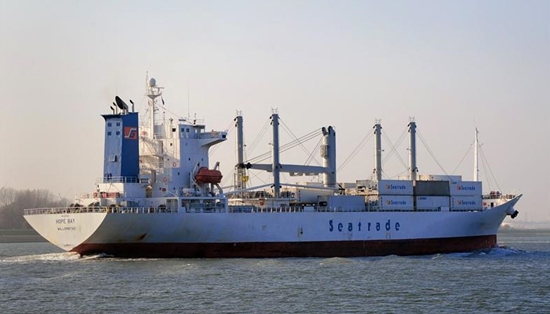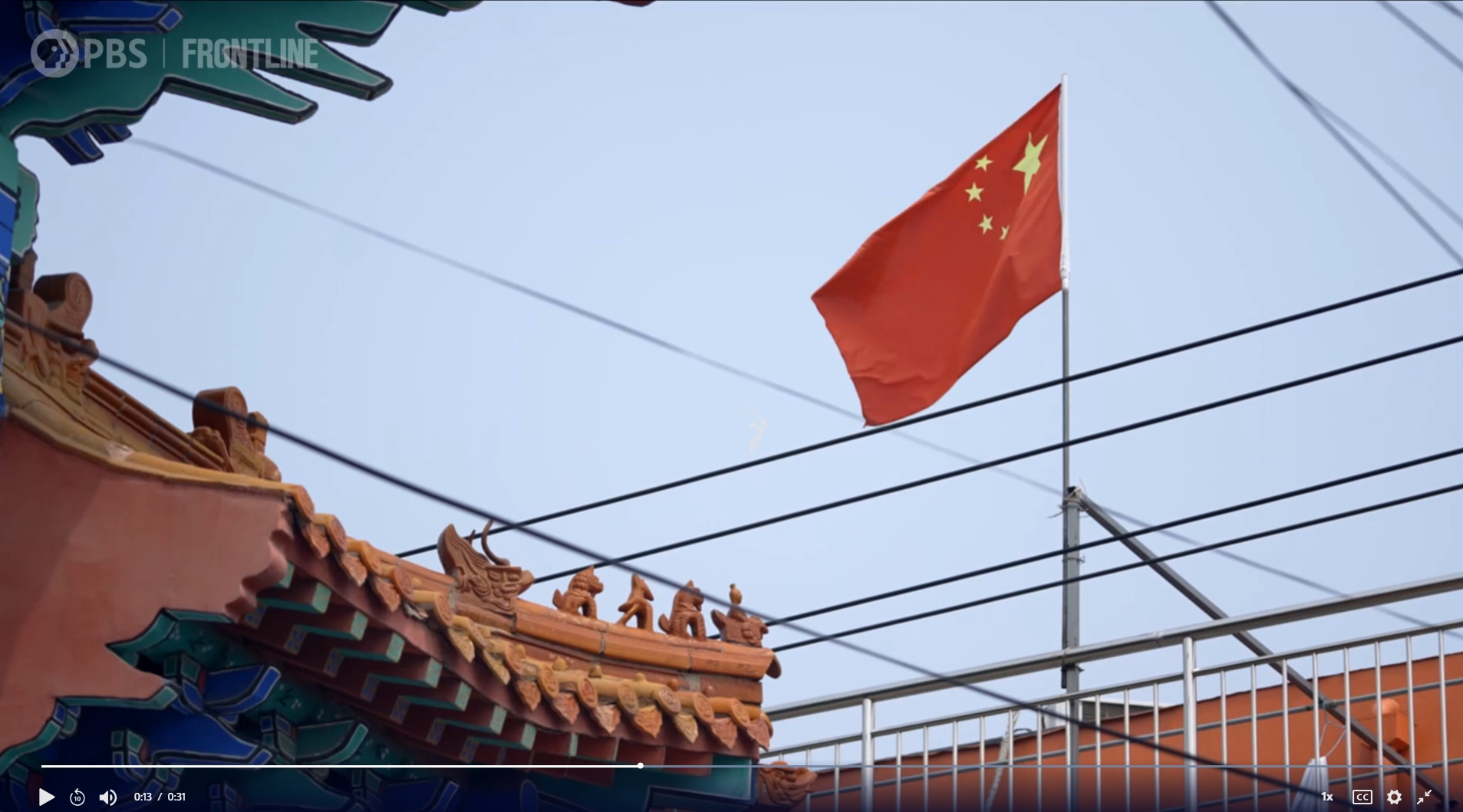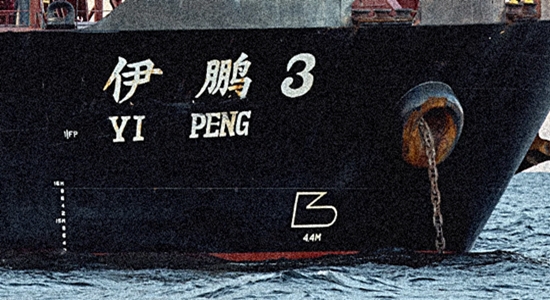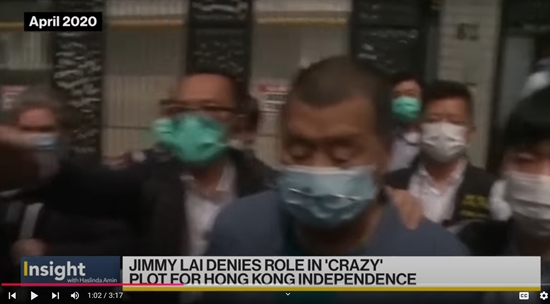
In foreign policy, the government of China follows a strategy of seeing how much it can get away with, of throwing out a line and seeing how much it can catch at the expense of other countries.
It does so in part by establishing civilian settlements and military outposts in the “disputed territory” of other countries—disputed mostly because of China’s chronic intrusions and flouting of established boundaries and international agreements. And it does so by fishing.
According to a July 2023 report by The Jamestown Foundation, “Illegal, unreported, and unregulated fishing” off the shores of Southeast Asia “is leading to huge losses in government revenue, adversely impacting food security, contributing to widespread environmental damage, destabilizing inter-state relations, and spurring other transnational crimes.”
A problem throughout the region, the renegade fishing “finds particular expression in the South China Sea, the Gulf of Thailand, and the territorial waters of the Indonesian archipelago.”
Why is “illegal, unreported, and unregulated” fishing in the region such a big problem? Because the premier culprit, China, is so brazen and determined. China is regarded as “not only the single most egregious violator of sovereign fishing rights and laws in the region,” but also as one that uses its fishing operations as a “de facto deniable militia . . . to enforce its self-defined territorial rights” in the South China Sea.
China’s fishing forays go even farther afield. In May 2023, The New York Times published a lengthy piece by Steven Lee Myers, Agnes Chang, Derek Watkins, and Claire Fu on how “China’s Fishing Operations Raise Alarms Worldwide.” The authors describe how China has been using massive ships over the past two decades to fish off the coastal waters of other countries, including Ecuador, Peru, and Argentina, “on a scale that dwarfs some countries’ entire fleets near their own waters.”
China can fish on such an industrial scale because of vessels like Hai Feng 718 [pictured above], a refrigerated cargo ship built in Japan in 1996. It is registered in Panama and managed by a company in Beijing called Zhongyu Global Seafood Corporation.
Hai Feng 718 is known as a carrier vessel, or mothership. It has refrigerated storage holds to preserve tons of catch. It also carries fuel and other supplies for smaller ships that can unload their hauls and resupply their crews at sea. As a result, the other vessels do not need to spend time returning to port, allowing them to fish almost continuously.
China’s fishermen often take their ships right up the edge of a country’s exclusive economic zone (EEZ), or past that edge if they think they can disguise their location.
These zones were established by the 1982 United Nations Convention on the Law of the Sea. The National Oceanic and Atmospheric Administration defines an EEZ as “an area of the ocean, generally extending 200 nautical miles (230 miles) beyond a nation’s territorial sea, within which a coastal nation has jurisdiction over both living and nonliving resources.”





